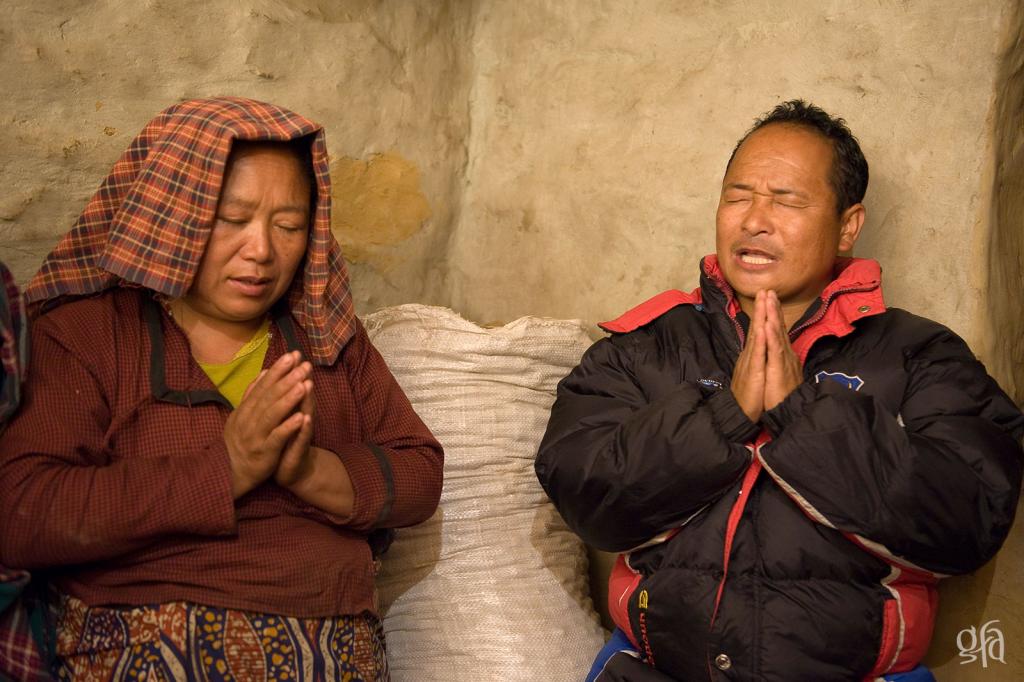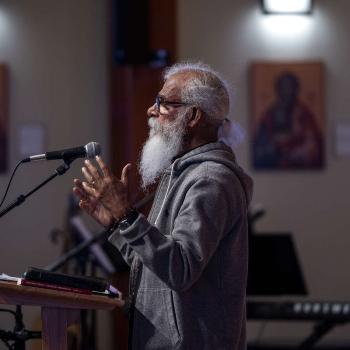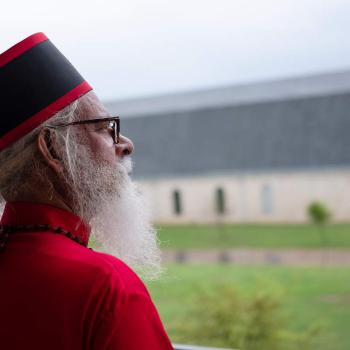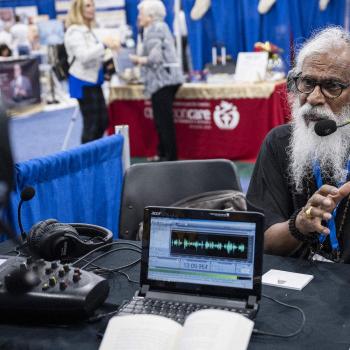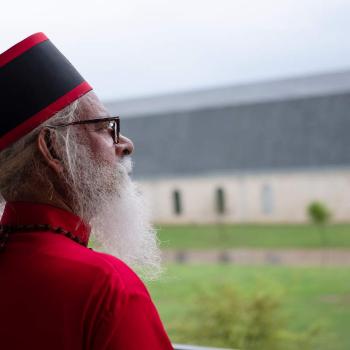What Is Prayer?
Simply put, prayer is conversation between Father and child.
Have you ever noticed how a child comes and talks to his mom or dad? You never need to look for a dictionary to find out the meaning of the words children use. They come just as they are. They come simply. You will never find a child getting into a frenzy and fluctuating his voice as he talks. All you will hear is a small voice, in simple conversation, looking up into the mom’s or dad’s eyes.
One of the most exhilarating experiences for me is when I get a chance to hear a little child pray. It will make you both laugh and cry at the same time. Read some of these prayers from children:
Dear Lord,
Thank you for the nice day today.
You even fooled the TV weatherman.Hank (age 7)
Dear Lord,
Do you ever get mad?
My mother gets mad all the time but she is only human.Yours truly,
David (age 8)Dear Lord,
I need a raise in my allowance.
Could you have one of your angels tell my father?Thank you,
David (age 7) [1]
In Matthew 18:3, Jesus turned to the disciples gathered around Him and taught them an important lesson: “Unless you . . . become as little children, you will by no means enter the kingdom of heaven.” The way a child prays, in simplicity and trust, is the perfect portrait of prayer.
When we look at the prayer of Jesus in John 17, we find the same picture. Jesus didn’t close His eyes and pray in a different tone of voice. In fact, we are told that “Jesus . . . lifted up His eyes to heaven, and said: ‘Father’ “ (John 17:1, emphasis added). What a beautiful portrait of His relationship with the Father! Through this example, Jesus was showing us that prayer is simply talking to God—not just as the almighty Creator of the universe, but as the caring, lovesick Father who waits for His child to come, a Father who delights to be with His children.
Come Just as You Are to the Father
We have need to remember this through our days. So easily we can forget that the Father loves us just as He loved Jesus. Then, instead of coming to Him because of who He is, we are kept at bay, consumed more with who we are or are not.
I believe the enemy has numerous tactics to keep us from praying . . . He also understands how our hearts and perspective on the situations of life are changed through prayer. Perhaps you are one who truly desires to pray, yet when you do, you are soon bogged down with all the ways you fail, remembering how you aren’t matching up to the spiritual person you want to be, until eventually all motivation to pray is lost in guilt.
Our Father in heaven knows us. And I believe that is why Jesus told the parable of the prodigal son in Luke 15. Although it is often taught with the emphasis being on the prodigal son, I believe Jesus was trying more to paint a clear picture of our God and Father.
He [the prodigal son] arose and came to his father. But when he was still a great way off, his father saw him and had compassion, and ran and fell on his neck and kissed him. And the son said to him, “Father, I have sinned against heaven and in your sight, and am no longer worthy to be called your son.” But the father said to his servants,
“Bring out the best robe and put it on him, and put a ring on his hand and sandals on his feet. And bring the fatted calf here and kill it, and let us eat and be merry; for this my son was dead and is alive again; he was lost and is found.” And they began to be merry (Luke 15:20–24).
I share this with you because I know how easily guilt can keep us from talking with our Father. Please see how the father rejoiced at his son’s return. Instead of reprimanding him, punishing him, demanding he say sorry or make some sort of restitution, the father embraced his son, rejoiced and even called for a celebration. Remember this promise: “There is therefore now no condemnation to those who are in Christ Jesus” (Romans 8:1).
For we do not have a High Priest who cannot sympathize with our weaknesses, but was in all points tempted as we are, yet without sin. Let us therefore come boldly to the throne of grace, that we may obtain mercy and find grace to help in time of need (Hebrews 4:15–16, emphasis added).
Prayer is…
So then, let us pray, remembering who it is we call Father and realizing that prayer is coming to Him and listening to what He has to say. Prayer is waiting before Him and meditating long enough in His presence until our hearts are touched and moved with His concerns and burdens, so that we become channels for Him to work through.
Prayer is our willingness to say no to our own desires and accept suffering in the flesh, to experience the pain and agony the Lord feels for the events and people in our generation…
E.M. Bounds said it perfectly:
“Prayer is the outstretched arms of the child for the Father’s help.” [2]
[1] Bill Adler, Dear Lord (Nashville, TN: Thomas Nelson, 1982).
[2] E.M. Bounds, The Complete Works of E.M. Bounds on Prayer (Grand Rapids, MI: Baker Book House, 1990), p. 231.
Excerpted from Learning to Pray by KP Yohannan. Copyright © 2004 by KP Yohannan. (Wills Point, TX: GFA Books).
Dr. KP Yohannan, founder and director of the nonprofit organization Gospel for Asia, has written more than 200 books, including Revolution in World Missions, an international bestseller with more than 4 million copies in print. He and his wife, Gisela, have two grown children, Daniel and Sarah, who both serve the Lord with their families.
Gospel for Asia is a nonprofit organization serving the “least of these” in Asia since its beginning in 1979, often in places where no one else is serving. Gospel for Asia supports national workers who are serving as the hands and feet of Christ by ministering to people’s needs so they can understand the love of God for them for the first time. Gospel for Asia is engaged in dozens of projects, such as caring for poor children, slum dwellers and widows and orphans; providing clean water by funding wells; supporting medical missions; and meeting the needs of those in leprosy colonies. Through Gospel for Asia’s Bridge of Hope Program, tens of thousands of children are being rescued from the generational curses of poverty and hopelessness.
Read more posts on Patheos by Dr. KP Yohannan Metropolitan, or on his blog at kpyohannan.org.
Learn more about Dr. KP Yohannan Metropolitan: Radio | Amazon | Sermon Index | Goodreads | Twitter | OnePlace


